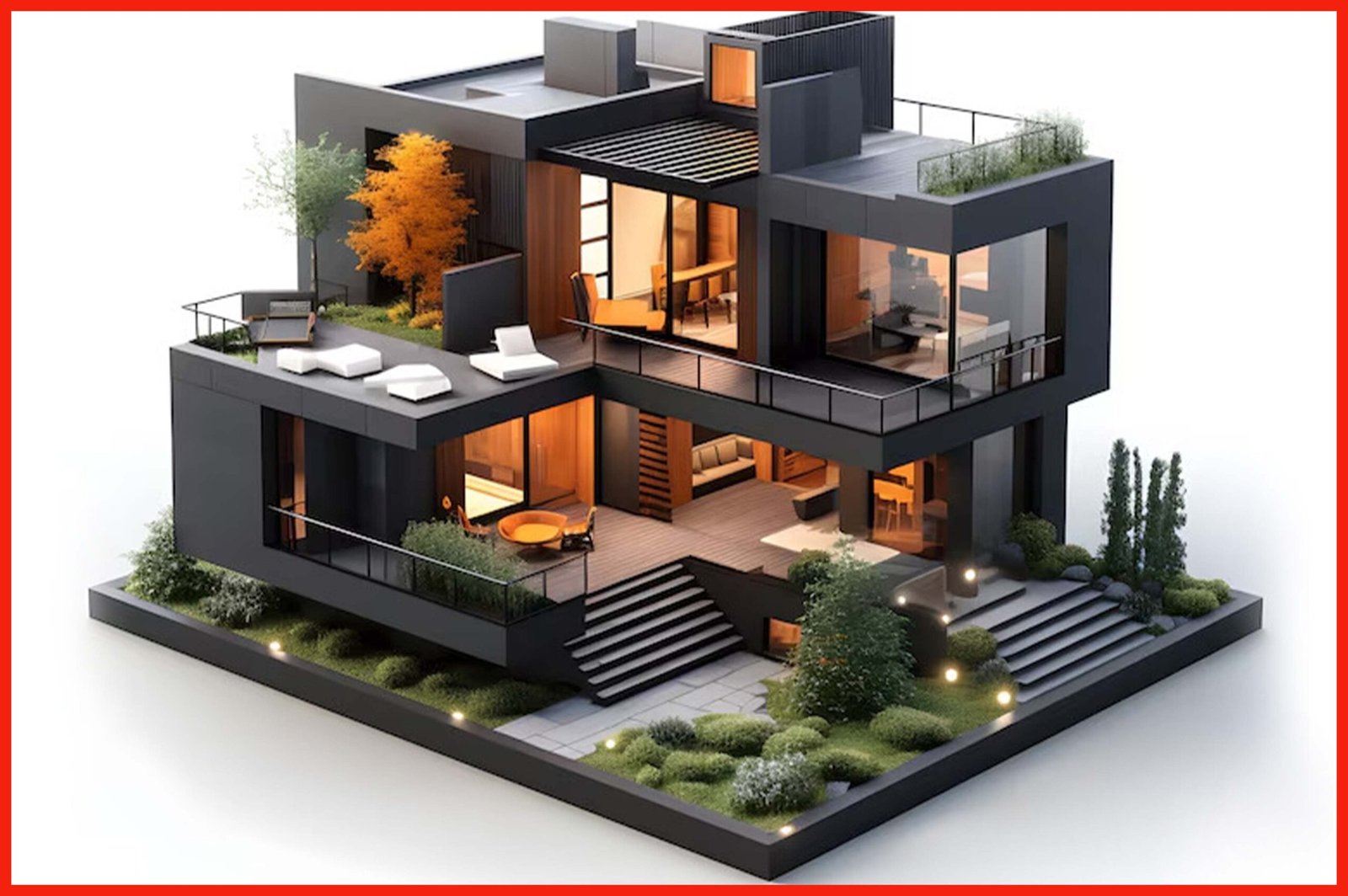Even though paint colors and furniture grab most of the glory, lighting is secretly the MVP of interior design. It sets the mood, adds dimension, and makes a whole space feel put-together. This guide is here to help future designers from the Best Interior Design Colleges in Kolkata unlock the power of lighting! We’ll break down the sometimes-tricky world of lighting design and show you how to create harmonious spaces that shine.
Step 1: Understanding the fundamentals
Before we dive into the exciting world of lighting design, let’s get a grasp on the basics. Colleges like B.Des Interior Design Colleges in Kolkata teach these fundamentals to their students. Here’s the core of lighting design: it all comes down to three key elements:
Ambient Lighting: This is your overall room lighting, like ceiling lights or lamps. It sets the basic level of brightness and creates a comfortable feeling in the space.
Task Lighting: This is all about providing focused light for specific activities. Think of desk lamps for working, under-cabinet lights for cooking, or reading lamps for those cozy corners.
Accent Lighting: This is where things get fun! Accent lighting is used to highlight specific features or create a dramatic effect. It can be recessed lights in the ceiling, spotlights on artwork, or strategically placed lamps to draw attention to architectural details. By using these three types of lighting together, interior designers can create a space that’s both beautiful and functional.
Step 2: Evaluating Your Space
No two rooms are exactly alike, and that’s what makes lighting design so interesting! To create the perfect lighting plan, keep these things in mind:
Size and Layout: Think about the room’s size and shape. This will help you decide where to place your lights and how many you’ll need.
Natural Light: Don’t forget about the natural light coming through windows! Consider how much sunlight the room gets throughout the day and use your artificial lighting to balance it out.
Function of the Space: What will the room be used for? A kitchen will need different lighting than a bedroom, for example. Think about the activities that will happen in the space and choose lighting that makes it easy to see and do those things.
Style Goals: How do you want the room to feel? Do you want it to be bright and airy, or warm and cozy? Choose lighting fixtures that match the overall design style of the space.
By considering all of these factors, you can create a lighting plan that’s both beautiful and functional for any room.

Step 3: Selecting the Right Fixtures
Now that you’ve considered the room’s needs and your design goals, it’s time to pick out the perfect lights! Here are some popular options to think about:
Wall Lights: These lights are mounted directly on the wall and can be used for either general room lighting (ambient) or to highlight specific features (accent). They add visual interest and depth to your walls.
Floor Lamps: These free-standing lamps offer a lot of flexibility. You can move them around to create pools of light wherever you need them, perfect for setting the mood in different parts of the room.
Table Lamps: These are great for bedside tables, desks, or anywhere you need some extra focused light for tasks like reading or working. They can also add a warm and inviting touch to a space.
Pendant Lights: These lights hang from the ceiling and can be used for general lighting, task lighting, or even as a decorative focal point in the room. They come in a variety of styles to suit any taste.
Step 4: Experimenting with the Light
Once you’ve chosen your lights, it’s time to fine-tune them to create the perfect atmosphere. Here are some tips:
Layering: Use a combination of different lighting types in a room. This adds depth and makes the space more visually interesting. For example, you could combine overhead lights with table lamps and floor lamps.
Dimmers: Put dimmer switches on your lights! This lets you adjust the brightness depending on what you’re doing in the room. Want a bright space for working? Crank up the lights! Want a cozy atmosphere for movie night? Dim the lights down low.
Light bulb color: Pick light bulbs with the right color temperature. Warm white bulbs create a cozy feel, while cool white bulbs are more energizing.
Light direction: Think about where your lights are pointing. You don’t want harsh glare or dark shadows. Aim your lights to create a comfortable and inviting space.
Balance: Make sure your lights are evenly spaced throughout the room. This will help create a more unified look and feel, and ensure everything is well-lit.
Step 5: Bringing It All Together
Once you’ve finished installing everything and turned on the lights, take a step back and admire the transformation! The lighting design can completely change a space, making it feel more peaceful, stylish, and enjoyable to be in. Remember, lighting design is all about experimenting and finding what works best.
For interior designers and architects, mastering lighting is crucial. It sets the mood, makes a space easier to use, and can even inspire people. This guide gave you a step-by-step process to follow, but remember to consider the unique needs of each space you design. With practice and the knowledge you gain from colleges like the best B.Des Interior Design Colleges in Tamil Nadu or the top architecture colleges in Coimbatore, you can turn any room into a beautiful and inspiring place.
Love the world of design and want to take your skills to the next level? Consider enrolling in an Interior Design Course! Colleges can provide valuable training and inspiration. You’ll connect with other aspiring designers, learn from professionals in the field, and delve deep into the theory and practice of interior design. With dedication and a passion for creating beautiful spaces, you can master the art of lighting and transform everyday environments into something truly special.



